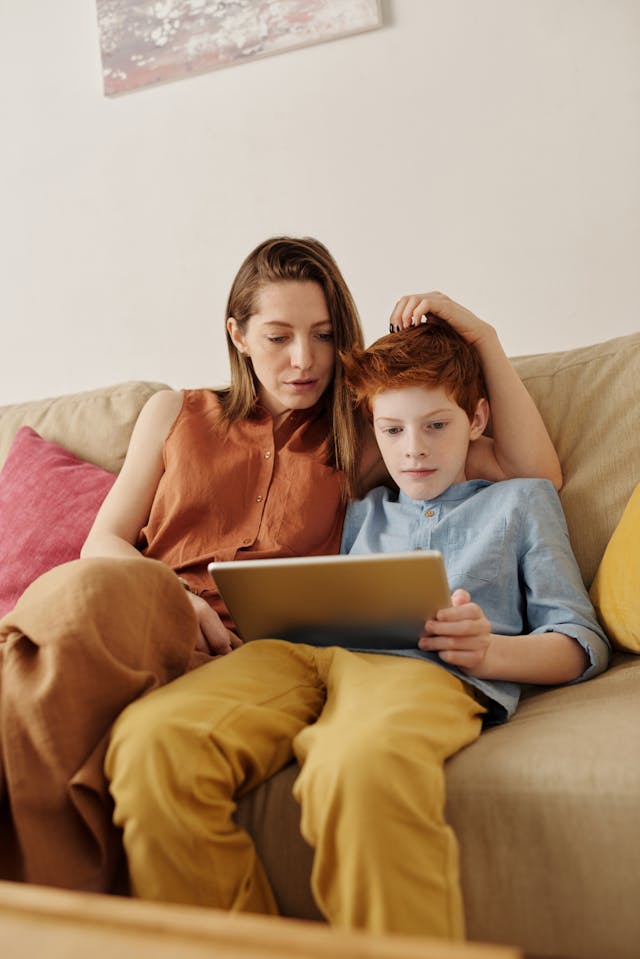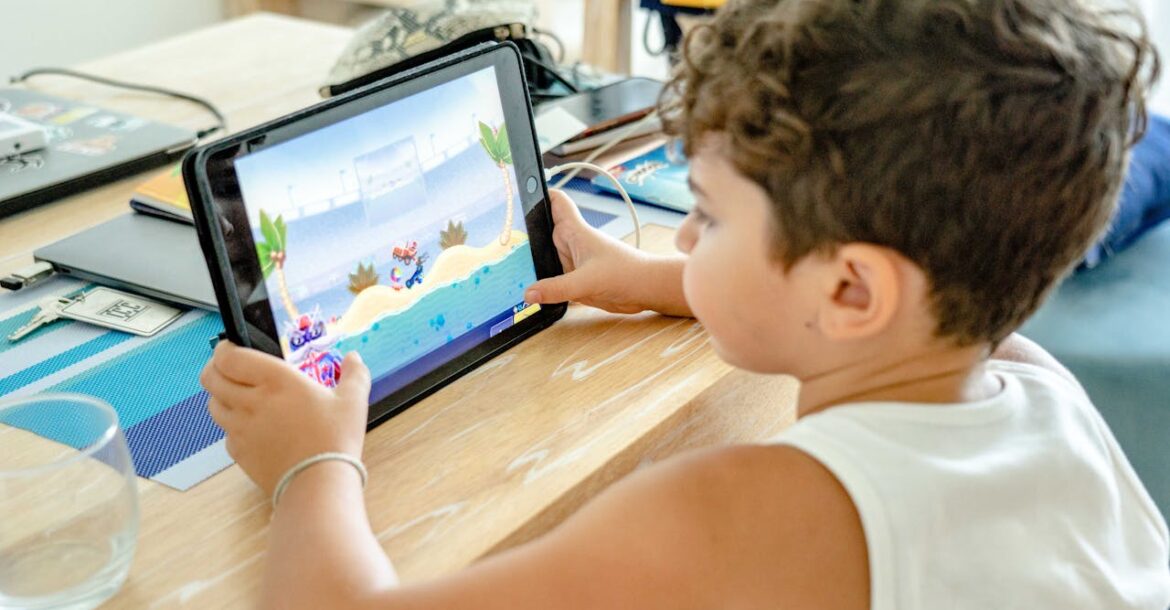In today’s digital age, screens are an inevitable part of childhood. From tablets to smartphones, children are exposed to screens more than ever before. The worry for many parents is understandable — does too much screen time harm their child’s development? Yet, not all screen time is created equal. With the right tools, a device can become a gateway to learning and growth rather than just mindless entertainment.
The rise of educational technology offers promising solutions. Among these are new platforms designed specifically as a free learning app, created to combine engagement with meaningful content. These apps aim to capture kids’ natural curiosity and keep them motivated while providing educational value in a safe environment.
Changing the Narrative Around Screen Time
For years, the common narrative has been that screens are bad for kids, that they foster addiction and reduce real-world interaction. However, as technology evolves, so does the understanding of how children interact with digital content. The key is finding platforms that act as a tik tok alternative for kids — apps that deliver short, engaging, and educational content without the distractions and inappropriate material found on mainstream social media.
These alternatives focus on quality over quantity, using interactive lessons, quizzes, and videos that reinforce learning objectives. They provide parents with peace of mind, knowing that the content their children consume promotes cognitive development and curiosity instead of passive scrolling.

Features That Make Educational Screen Time Effective
When deciding whether to trust an app as a valuable learning tool, certain features stand out as particularly important. These features ensure that screen time becomes a constructive part of a child’s day rather than a wasted opportunity.
- Age-appropriate content: Tailored lessons that match the child’s developmental level keep kids engaged without overwhelming them.
- Interactive learning: Opportunities to participate, answer questions, and experiment encourage active rather than passive consumption.
- Minimal distractions: No invasive ads or notifications to pull children away from educational content.
- Parental controls: Tools that allow parents to monitor and manage usage promote safe and balanced screen habits.
Apps that incorporate these elements help shift screen time from a potential negative into a positive learning experience that kids actually want to engage with.
Balancing Screen Time with Real Life
Even with the best apps, balance remains crucial. Screens should complement, not replace, other activities that are vital to development, such as outdoor play, face-to-face social interaction, and hands-on creativity. Educators and child development experts emphasize moderation and mindful usage, ensuring that children benefit from technology without becoming overly dependent on it.
Incorporating screen time as part of a healthy routine can build new skills and support academic growth. When children use apps that promote exploration and problem-solving, they gain tools that extend beyond the digital realm, encouraging curiosity and critical thinking.

Tips for Parents to Maximize Benefits
- Set specific times for screen use, avoiding long, uninterrupted sessions.
- Engage with your child during screen time, discussing what they’re learning and encouraging questions.
- Choose apps carefully, prioritizing those with educational goals and age-appropriate content.
- Encourage offline activities that reinforce skills learned on the screen, such as drawing, reading, or building projects.
Ultimately, the question isn’t just about handing a child a screen, but about what kind of screen experience they’re getting. A well-designed free learning app can transform the role of technology from a source of concern to a valuable partner in education. With the growing availability of safe and engaging alternatives, parents no longer need to fear the screen as a threat to their child’s development.
By choosing wisely and maintaining a balanced approach, screen time can become a productive and enjoyable part of childhood — one that prepares kids for a future where technology is an essential skill rather than a hindrance.






